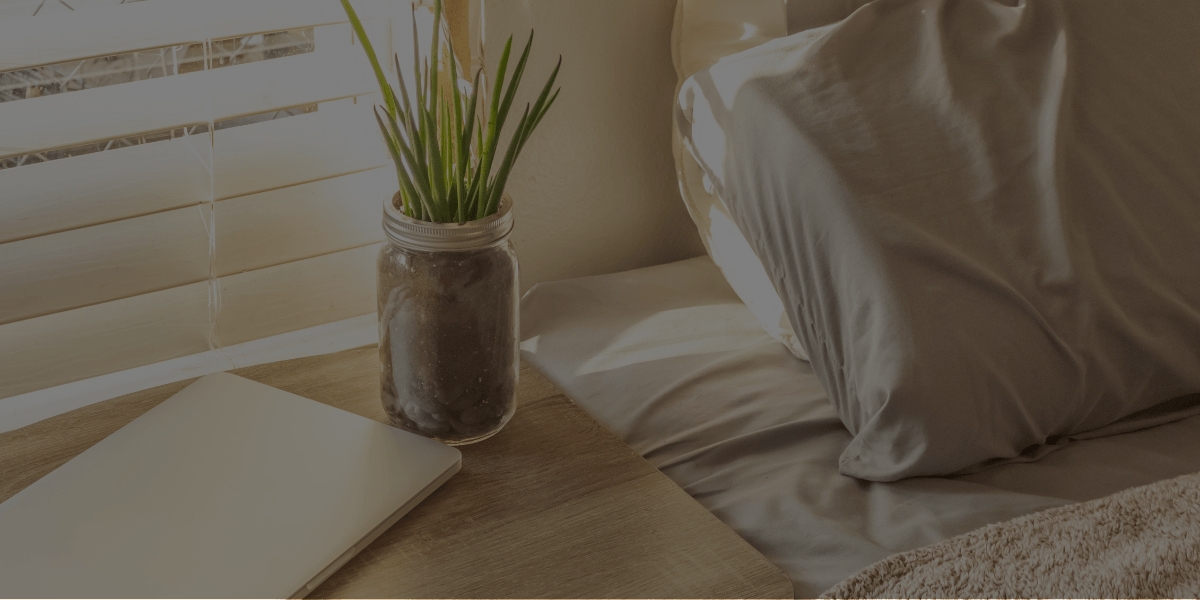The founder of Eastern Design and Home Staging, Ivy Ellerby is an Accredited Staging Professional and Advanced Feng Shui Design Professional. She is one of QC Design School’s leading tutors, specializing in Feng Shui, Home Staging, and Interior Decorating. As a renowned industry expert, Ivy uses her knowledge to help consumers increase profits on home sales and implement new design ideas into their living spaces.
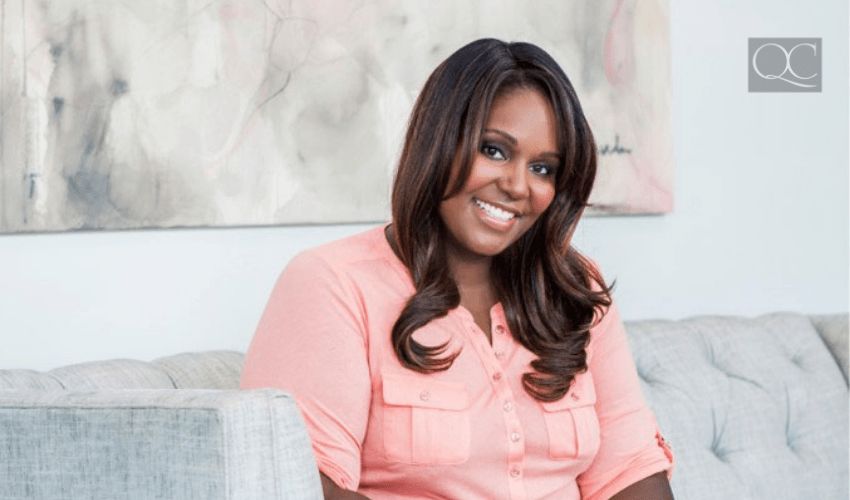
As a Feng Shui Consultant, you’ll sometimes come across a client who thinks they already everything about Feng Shui, simply because they looked it up online. They read a book or two, take bits and pieces from the various schools of Feng Shui, and mix it all together in their homes.
However, the bits of information really made no desirable shifts in their lives. As a result, they’ve now called a true Feng Shui professional (a.k.a. you) to help fix the problems.
Below, I’ve broken down 9 of the most common mistakes you’ll likely see clients making in their homes. Read on and learn more so you can help your clients avoid these errors in 2021!
9 Feng Shui Mistakes to Avoid in 2021
1. Having your back facing the door.
Whether it’s the dining room table, a small writing desk, or a home office – always place the furniture so that it faces toward the entrance. In Feng Shui design, this is because by not doing so, you could potentially be surprised by unexpected (or unwanted) events. Moreover, placing furniture this way will not allow good Ch’i energy to naturally flow towards you.
2. Wrong bed placement.
Your client should NEVER allow their feet to face straight toward the door. This sleep direction is considered the “Death Position” and welcomes bad energy. Always have a solid wall behind the bed. This will give your client stability in life. If this isn’t possible, they should at least have a solid headboard in order to stabilize Ch’i.
3. Painting your bedroom in crazy colors.
The bedroom is a place to rest. It’s mainly Yin energy, meant to encourage rest and rejuvenation. To ensure a good night’s sleep, a calm and relaxed wall paint should be chosen. There are a lot of rooms in your client’s home where they can express their creativity with color. But for the bedroom, advise them to stick to pastels and soft tones. These colors will allow the brain to recharge.
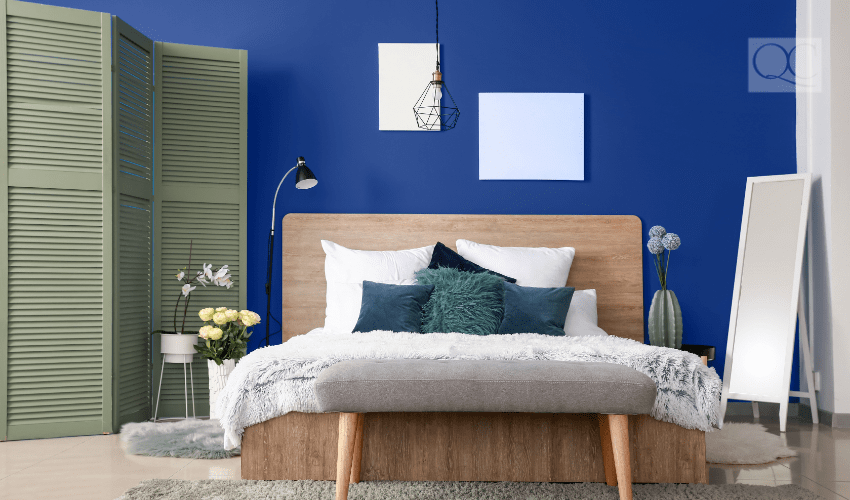
4. Changing your design style to an Asian look.
It’s a common misconception that Feng Shui design must incorporate Asian decorations. This is a false notion. Your client should not transform their home into a stereotypical Chinese gift shop and call it ‘Feng Shui’! Not only can this be considered offensive – it simply won’t achieve what they’re hoping to achieve.
The truth is, Feng Shui elements can be applied to any home, regardless of the culture or design style. It’s not necessary to have Chinese Luck Symbols placed all over the home. There are endless options to balance Ch’i in a space. Therefore, encourage your client to only incorporate items that they love and serve a purpose they can recognize.
5. Dried, dying, or sick flowers and plants.
According to Feng Shui, living green plants and fresh flowers bring positive Ch’i into a home. However, this does NOT apply to flowers and plants that are dead, dying, or in poor health. This also includes natural elements that are preserved or dried.
This is because they are no longer living. As such, they do not offer replenishing life energy. If a plant is sick, do your best to heal it. That being said, sick plants indicate ill health for the inhabitants of the home.
Often times, people have preserved flowers that are quite meaningful to them, such as a dried wedding bouquet. This is okay to have as it is precious to you. But it is not something you would use for balancing energy.
6. Storage under the bed.
While it often seems like a smart storage option, it’s not good Feng Shui to have storage underneath a bed. This applies to storage boxes, loose storage, beds with built-in storage (such as drawers), and so on.
Your client spends many hours sleeping over all of this stuff. Clutter underneath their bed disrupts the natural flow of Ch’i around them while their body is recharging. In Feng Shui design, the goal is to have energy flow easily around them while they’re sleeping.
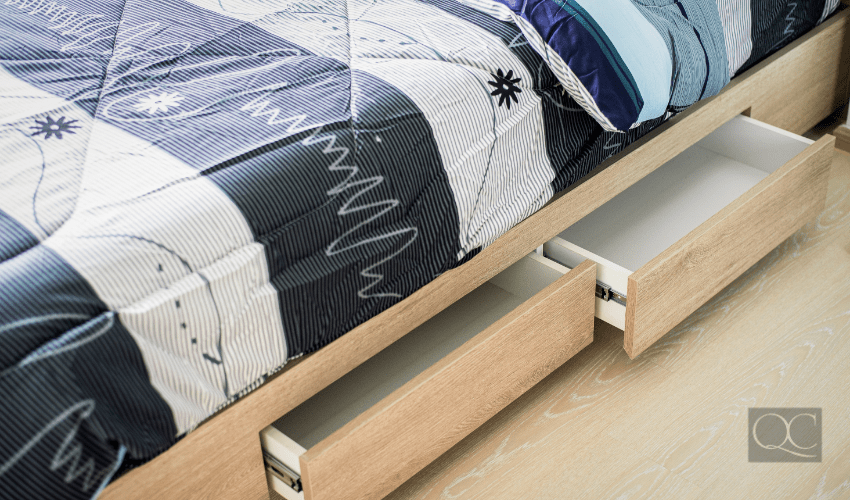
7. Blocked doorways.
Your client should avoid placing anything behind a door that prevents that door from opening to at least 90 degrees. It doesn’t matter if they have their items nicely organized and without clutter. If the door can’t open at least 90 degrees, it’s not good Feng Shui.
But why is this? In a nutshell, any area of your client’s home that has a block is symbolically blocking some aspects of their life. There is always a correlation between a person and their home. If it’s difficult to easily walk throughout the doorways in a home, your client is directly creating bad energy. This bad energy will then disrupt the nature flow of good energy – as well as positive opportunities that will come to them.
8. Feng Shui cures in ALL areas.
Those who do not properly understand Feng Shui design will often try to do too much, too soon. Attempting to immediately correct every recognized issue in every Bagua area is overwhelming. Not to mention, it’s counterproductive.
If your client has to force the changes in a space, then they’re working against the basic principles of Feng Shui. Instead, recommend that they start off with 3-5 major issues in the home first. They should then allow the energy to settle in these areas before moving on. This way, they can properly evaluate how they respond to those initial changes.
Think of the changes you make to a client’s home as one would when starting a strict diet. You can take every “bad” food away, all at once. But without transitioning and changing bad eating habits gradually, you are less likely to succeed at your goal in the long run. Studies have proven that this approach makes it more likely to fall off the wagon, so to say.
Similarly, the same is true for our Feng Shui clients. Coming in and doing a complete overhaul might seem like the easy answer. But this would be extremely difficult for most people. Your clients have their own logic as to why certain items are placed in specific areas in their home. If you came in and moved everything, without asking why these items are in their current location, the client will probably become frustrated. After some time, they’ll probably change everything back to its original location.
Remember: Feng Shui design is a marathon, not a sprint! We shift first and then assess and shift again as needed.
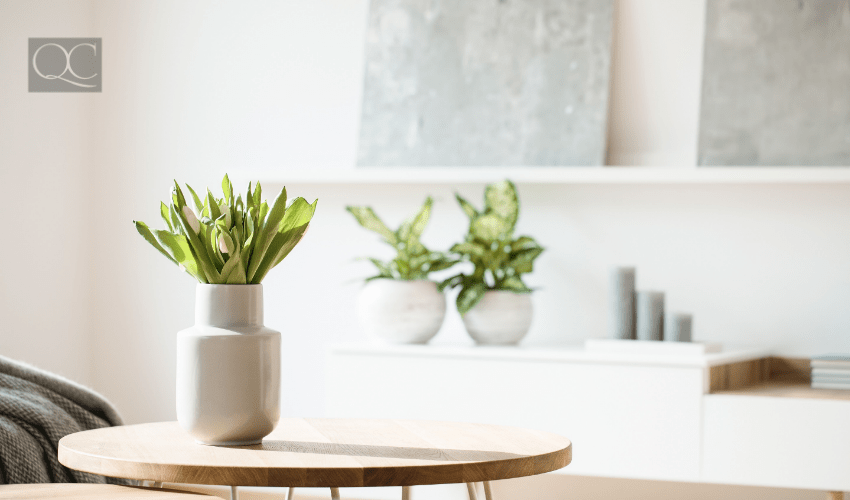
9. Applying someone else’s Feng Shui design to your own home.
I’ve seen many clients change their house because they heard from a friend that their Feng Shui Consultant told them to do specific things. But Feng Shui is not a one-size-fits-all system! What’s good for one home might not necessarily be good for another.
Remember: Feng Shui is a very specialized design style. For starters, it incorporates the floorplan of a specific home. Furthermore, it also takes into consideration the individualized life of the person it supports. Each person has specific intentions and goals they intend to achieve by applying Feng Shui Design. This is as individualized as a fingerprint!
So, make sure to tell your client that they should never apply someone else’s advice to their own unique situation.
